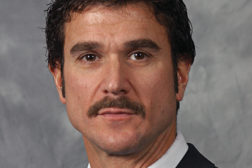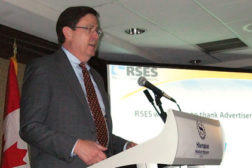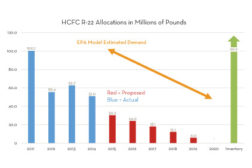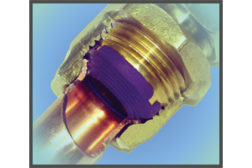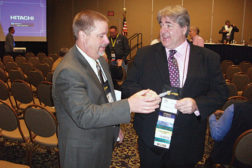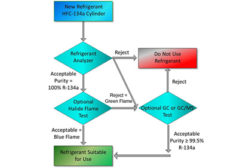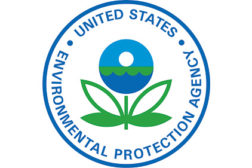Refrigeration
Control Is a Style of Head-Pressure Control Valve
Read More
Dec. 23, 2013: Star Refrigeration Launches Energy Efficient HFO Chiller
Star Teamed with Danfoss Turbocor and Honeywell in Developing the New Chiller
December 23, 2013
How to Cope with Refrigerant Contamination
White Paper Addresses Concerns
December 9, 2013
Honeywell Gains Nod from EPA for HFO
Refrigerant Aims for Centrifugal Chiller Market
December 9, 2013
Copyright ©2025. All Rights Reserved BNP Media.
Design, CMS, Hosting & Web Development :: ePublishing
